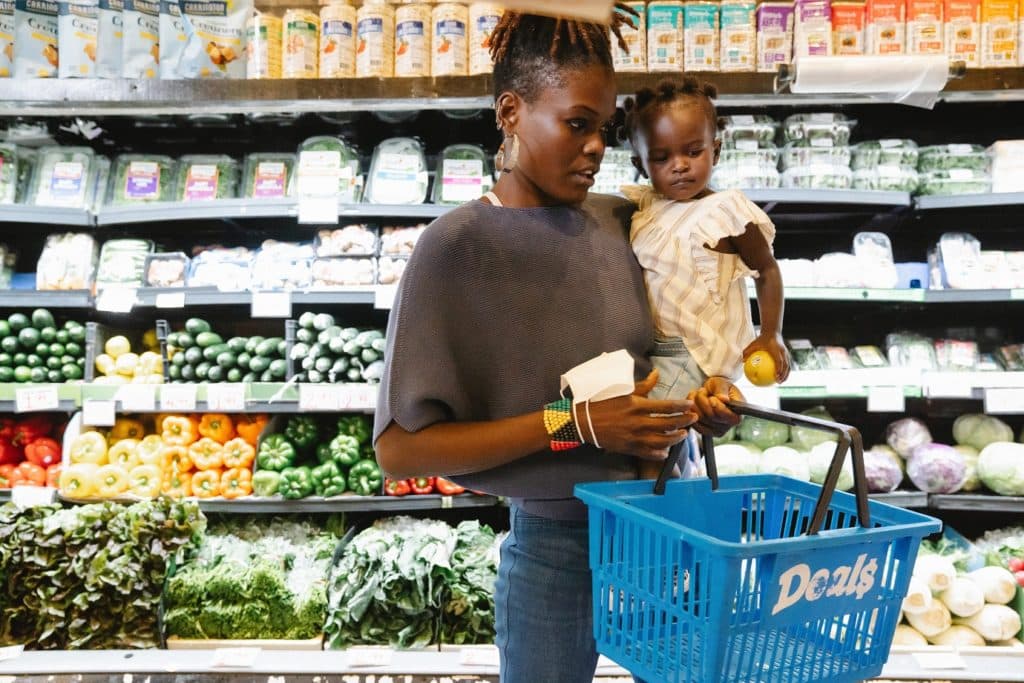On any given day, over half a million households in Australia are struggling to put food on the table. This is especially true for those with children.
Some alarming statistics on food insecurity have been released today by The Foodbank Hunger Report 2022 that show a troubling picture of today’s Australia.
The food relief charity conducted a nationwide survey of 4,024 Australians aged 18 years or older and found that around 1.3 million children lived in food insecure households in the last year, making these households the hardest hit by Australia’s food insecurity crisis.
Single parents are especially vulnerable to food insecurity with 37 per cent either skipping meals or going whole days without eating the past year.
And overall, more than 2 million Australian households have run out of food in the last year due to limited finances.
One mum in suburban South Australia says, “There have been many occasions where the food we’ve purchased for the week has just not stretched far enough as the children are getting bigger and their appetites have increased.”
Foodbank says the term “food insecurity” covers a range of experiences– from being uncertain about getting enough to eat, compromising on nutrition, having disrupted eating patterns and having reduced food intake.
CEO of Foodbank Australia, Brianna Casey is incredibly troubled by the recent report’s findings, saying, “I have witnessed firsthand the rise in demand for food relief services over the past year as the country has been ‘recovering’ from Covid-19, but even I’m shocked by the picture that is exposed in this report.”
“We know how important it is for people to have access to nutritious food, yet the rising costs of energy, fuel, groceries, rent and mortgages have put this fundamental need beyond the reach of more and more people with no respite in sight,” says Casey.
The survey findings show that the rising cost of living is the most common reason for household food insecurity, with 64 per cent of respondents reporting this.
The top cause? Forty-nine per cent point to the rising costs of food and groceries, while 42 per cent blame energy prices and 33 per cent report housing costs are the worst.
A single mum in suburban Queensland says, “With the February storm came flooding and my roof was damaged and water damaged the ceiling too and my fridge stopped working. I’ve had to buy a new fridge and with Covid shortages, the cost of everything has gone up and, being forced to go to job network opportunities, means I spend a lot more on fuel. It all adds up.”
The report also found that on a typical day, 306,000 households in Australia are receiving assistance from food relief organisations.
“These results should make everyone stop in their tracks,” says Casey. “The numbers being reported are massive and hard to process, but they represent the harsh reality of living week to week when the cost-of-living crisis collides with an income crisis and the household budget now lists food as a discretionary spend.”
This food insecurity crisis isn’t just affecting those who are unemployed or homeless. The research shows that over half of food insecure households had someone in paid work and a third of households with mortgages have experienced food insecurity.
The situation fares even worse in regional areas with 36 per cent reporting food insecurity compared to 27 per cent in metro areas.
As for the future of food insecurity in Australia, the Foodbank report signals things are only set to get worse. Half of all households experiencing the crisis have reported the struggle to afford food is happening more often.
Foodbank Australia is holding hope for positive change at next week’s Budget announcement though they are still concerned.
Casey says, “We have heard the Treasurer caution that the October budget is not the time for new spending measures to deliver relief to struggling families, but with more than a million people a month already seeking food relief, if not now, then when?”


